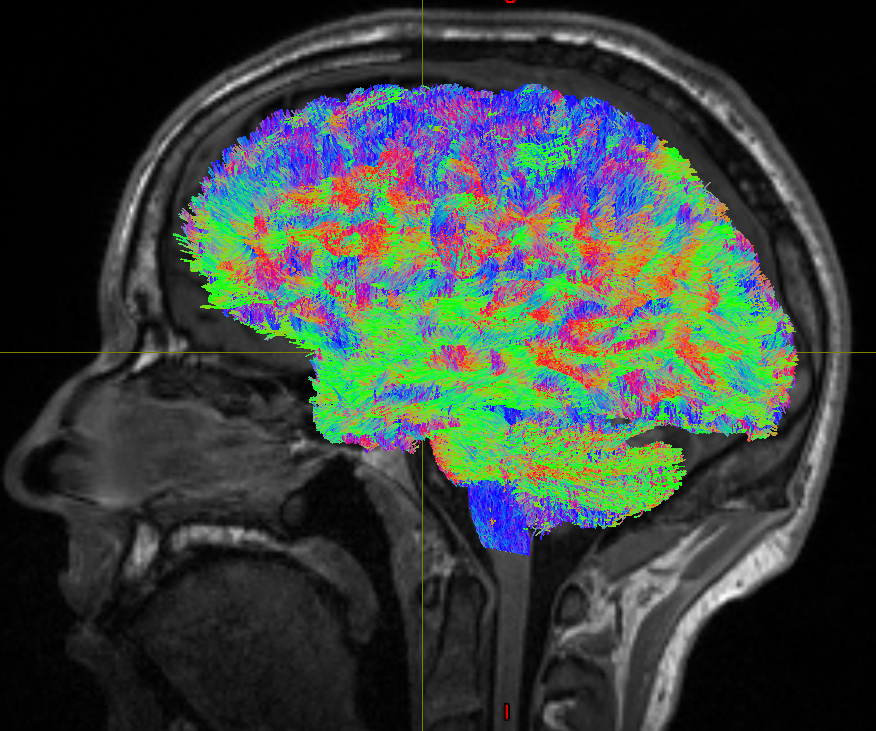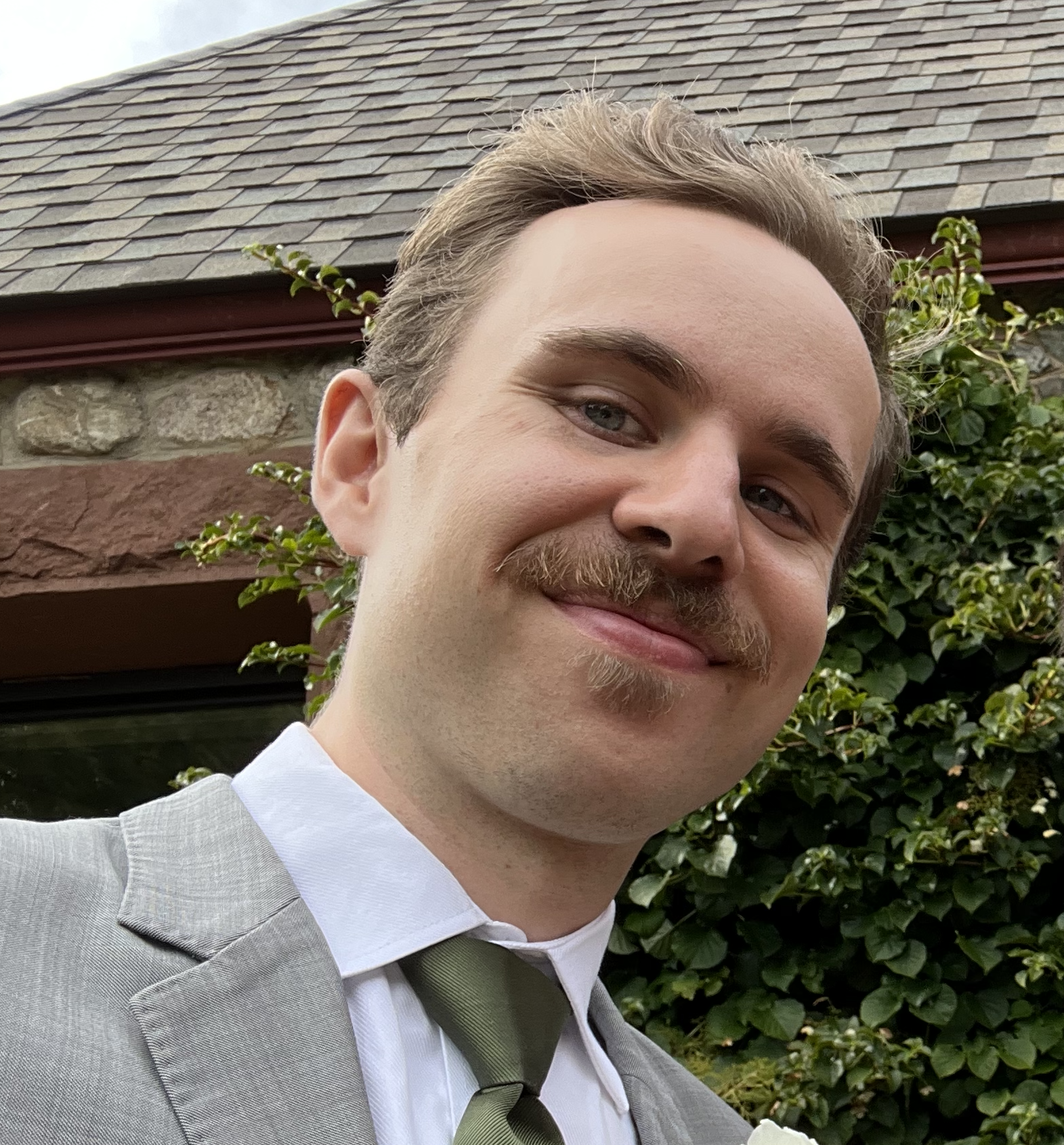I am a postdoctoral researcher at NVIDIA, working on a simulation-first approach to developing physical AI. I am also a neuroscientist and vision scientist; I received my Ph.D. in Neural Computation from Carnegie Mellon University, and did postdoctoral research in the Harvard Vision Sciences Lab, where my research on human foveated vision led me into my current research in robotics.
I believe that understanding the efficiencies of the human brain can play a key role in unlocking advances in AI. In turn, these advances in AI – including the simulation environments we train AI models in – will power huge leaps in understanding how biological brains learn and compute, along with countless other applications.


Some pretty but uninformative pictures of me
